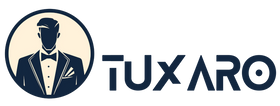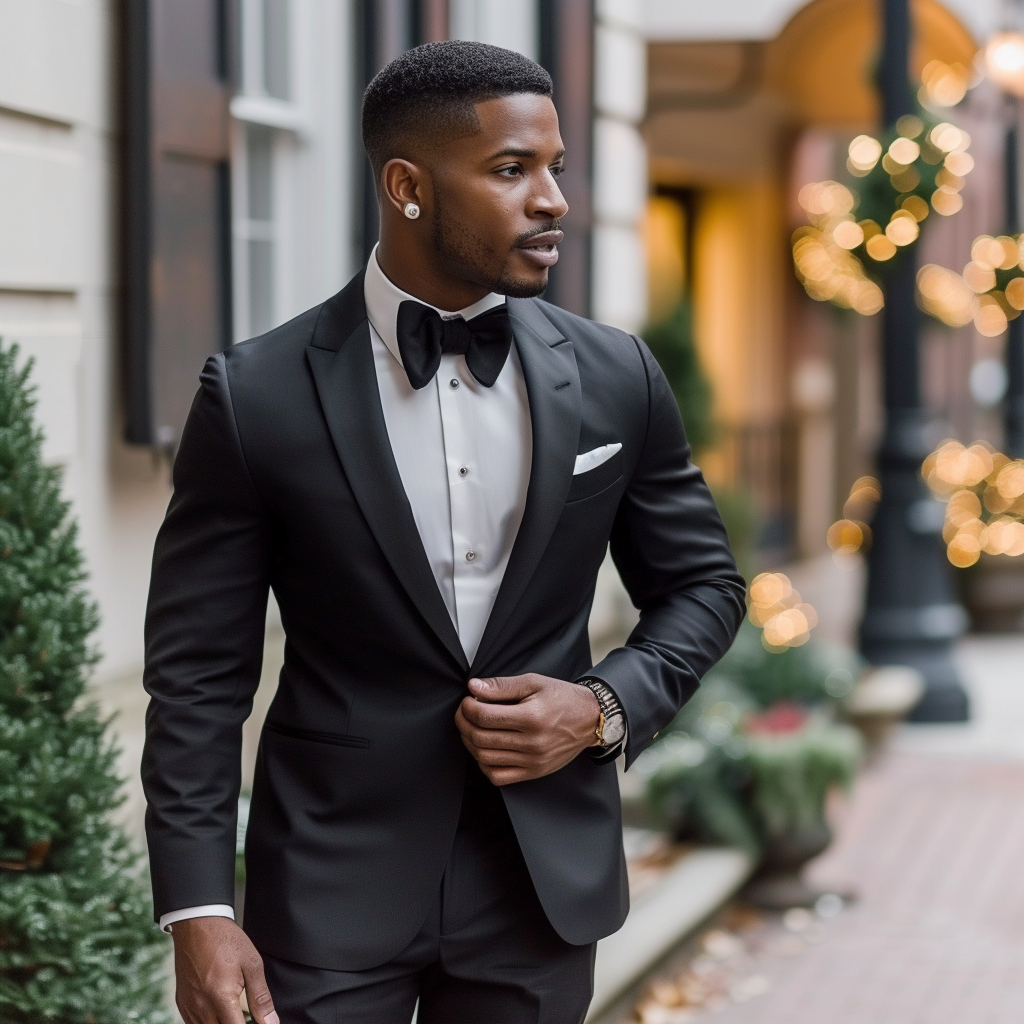In today's corporate world, the term "business casual" has become increasingly prevalent, yet its interpretation can vary widely from one workplace to another. Understanding what constitutes appropriate attire in a business casual setting is crucial for professionals aiming to strike the right balance between professionalism and comfort. Let's delve into what business casual truly means and how to navigate this dress code effectively.
Definition of Business Casual: Business casual attire occupies the middle ground between formal business attire and casual wear. It combines elements of professionalism with a relaxed aesthetic, allowing individuals to maintain a polished appearance while expressing personal style. Unlike traditional business attire, such as suits and ties for men and formal dresses for women, business casual attire offers more flexibility and comfort without sacrificing professionalism.
Key Components of Business Casual:
Tops:
Men can opt for collared shirts, such as dress shirts or polo shirts, in solid colors or subtle patterns. T-shirts, tank tops, and graphic shirts are generally considered too casual for the business environment. Women may choose blouses, button-up shirts, or tailored tops, paired with modest necklines and sleeves.
Bottoms:
Acceptable bottoms for business casual attire include dress slacks, khakis, chinos, or tailored trousers for men, while women may wear dress pants, skirts, or tailored culottes. Jeans are typically discouraged unless explicitly stated otherwise by the company's dress code policy.
Footwear:
Closed-toe shoes are a standard choice for both men and women in a business casual environment. Men may opt for leather loafers, oxford shoes, or dress boots, while women can choose from flats, heels, or dressy sandals. Sneakers, flip-flops, and overly casual footwear are generally inappropriate.
Accessories:
Accessories should be understated and tasteful. Men can add a belt, watch, and tie as optional accessories, while women may accessorize with scarves, jewelry, and belts. It's essential to strike a balance and avoid excessive accessories that may detract from a professional appearance.
Outerwear:
Blazers, cardigans, and tailored jackets are suitable outerwear options for both men and women in a business casual setting. These pieces add sophistication and can elevate the overall look while providing warmth in cooler temperatures.
Navigating Business Casual Successfully:
Know the Dress Code:
Familiarize yourself with your company's specific dress code policy to understand the expectations regarding business casual attire. When in doubt, it's best to err on the side of caution and dress slightly more formal than too casual.
Dress for the Occasion:
Consider the nature of your workday activities and any scheduled meetings or events when selecting your attire. Aim to dress in a manner that reflects professionalism while accommodating your responsibilities.
Maintain Grooming Standards:
Personal grooming is integral to a polished appearance in a business casual environment. Ensure that your clothing is clean, pressed, and free of wrinkles or stains. Pay attention to hygiene, grooming, and overall presentation to convey professionalism.
Express Personal Style Appropriately:
While business casual attire allows for some individuality, it's essential to express personal style within the confines of professionalism. Avoid overly trendy or flashy clothing choices that may distract from your professional image.
Navigating the nuances of business casual attire requires a blend of professionalism, style, and adaptability. By understanding the key components of business casual attire and adhering to workplace expectations, professionals can project a polished and confident image while feeling comfortable and at ease in their attire. Remember, dressing appropriately is not only a reflection of respect for the workplace but also a demonstration of professionalism and competence.


